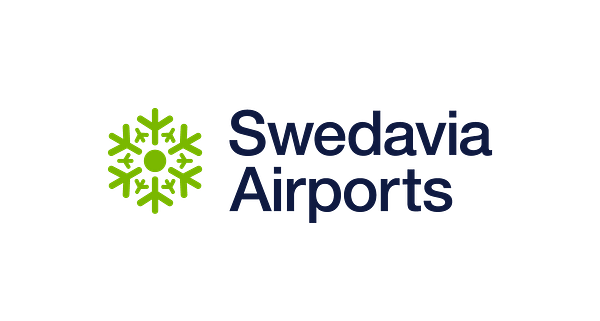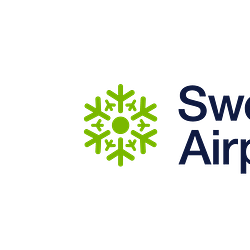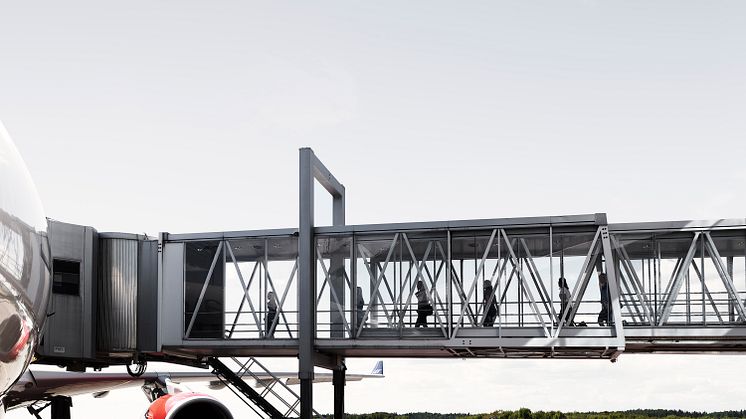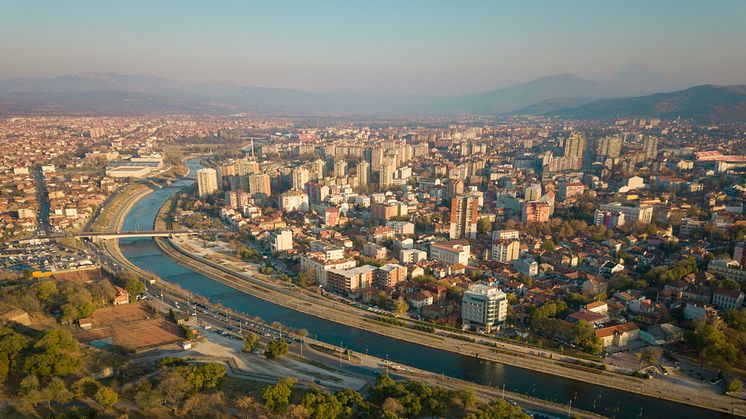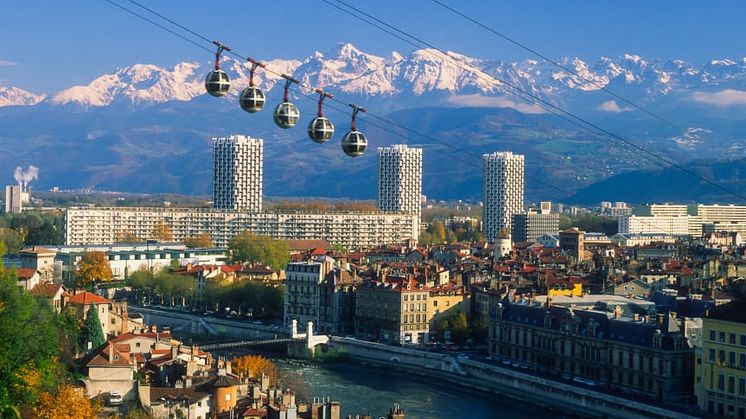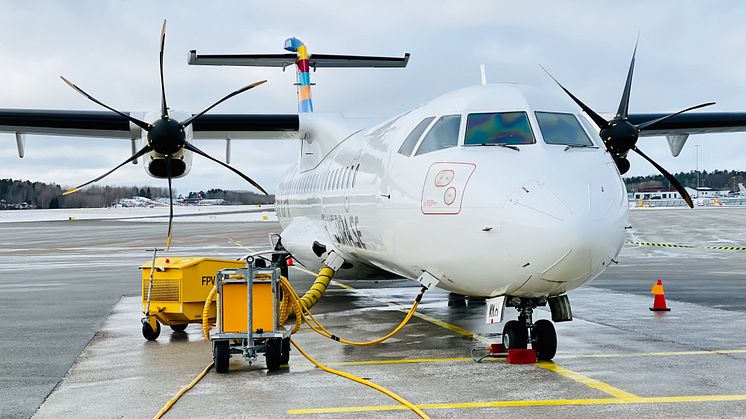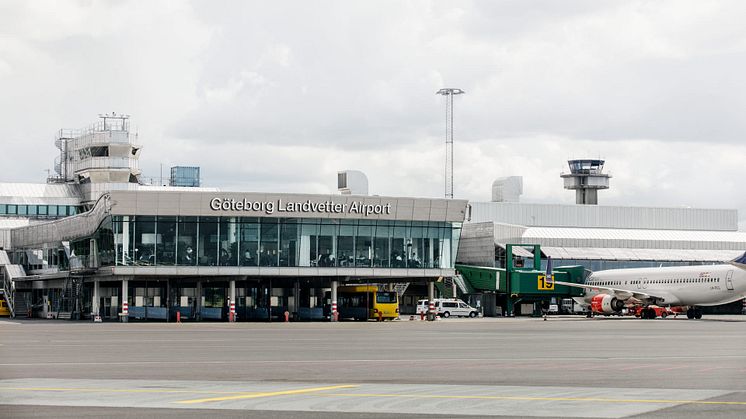
Press release -
Bio jet fuel used again for refuelling at Göteborg Landvetter Airport
Since June 5, a number of Swedavia’s airports have received deliveries of bio jet fuel. On June 19, it will be Göteborg Landvetter Airport’s turn, when bio jet fuel will be refuelled during air travel from the airport in the next few days.
This is the third straight year that bio jet fuel will be used to refuel aircraft at Göteborg Landvetter. The first time bio jet fuel was used at the airport was in May two years ago. The delivery to Göteborg Landvetter is part of the 450 tonnes of bio jet fuel that Swedavia has purchased annually since 2016, which corresponds to the amount used in one year by employees at the company on flights for business purposes.
Swedavia’s airports are some of the only ones in the world to use bio jet fuel, which sharply reduces emissions of fossil carbon dioxide. This venture is part of Swedavia’s strategy to work for the transformation of the air transport industry and for fossil-free Swedish air travel by 2045.
Swedavia has worked for a number of years to promote large-scale use of bio jet fuel, which reduces emissions of fossil carbon dioxide by up to 80 per cent compared to traditional jet fuel.
“It feels fantastic for us at Göteborg Landvetter that we will be using bio jet fuel on flights to and from Sweden’s second largest city today and for the next few days. It is important to us, as part of Swedavia, to do what we can to drive the air transport industry’s green transformation. Bio jet fuel, along with electrification and energy efficiency improvements, for example, is an important tool for achieving this,” says Anna Strömwall, airport director at Göteborg Landvetter Airport.
This year’s delivery of bio jet fuel is made from used cooking oil by the Finnish producer Neste. The fuel is mixed in with traditional jet fuel and has been used at Stockholm Arlanda Airport, Malmö Airport, Umeå Airport and Åre Östersund Airport as well as at Göteborg Landvetter Airport. The bulk of this year’s supply was delivered to Stockholm Arlanda Airport.
Swedavia’s investment in bio jet fuel is part of its strategy to have five per cent of all jet fuel used for refuelling at Swedish airports be fossil-free by 2025. Swedavia also works actively to reduce fossil carbon dioxide emissions from its own operations. All of the company’s airports will have zero emissions from their own operations by 2020.
For further information, please contact Swedavia’s press office at +46 (0)10-109 01 00 or press@swedavia.se.
Topics
Categories
Swedavia is a State-owned group that owns, operates and develops ten airports across Sweden. Our role is to create the access Sweden needs to facilitate travel, business and meetings – in Sweden, in Europe and around the world. Safe, satisfied passengers are the foundation of our business. Swedavia is a world leader in developing airports with the least possible environmental impact. The Group has revenue of over 5.7 billion Swedish kronor and some 3,100 employees.
